“Twisty roads are life. Anything that happens before or after is just waiting.” Steve McQueen mighta said that, so I just went ahead and wrote it down for him. Kidding aside, my personal preferences run heavily toward sport riding, which begs this key question: Why spend thousands on your bike only to hamstring its performance by scrimping pennies on tires? Dumb, no?
Fortunately, dedicated sport-touring tires now abound and manufacturers keep expanding the performance envelope. Witness Dunlop’s all-new Sportmax Roadsmart (RS) IV, a tire it claims delivers best-in-class handling, grip and mileage with its MT Multi-Tread construction. Sounds too good to be true, but a leap forward from the RS III results from a completely new tread pattern, construction, compounds, profile and other improvements. Specifically, Dunlop claims the RS IV achieves 23% more mileage in the front and 26% more in the rear compared to the already-excellent RS III, which remains on sale to offer more choices to riders. That’s a huge jump.
Dunlop used in-house and independent testing on multiple bikes under controlled track conditions plus public road usage, and also charted out resulting improvements in dry pavement performance and wet-weather performance, which it shows in detail at Dunlop Motorcycle Tires. In the Gear section, we published a first-hand account with photos by avid motorcyclist Darrell Penning, who logged more than 10,000 miles on a set of RS IVs on his 2016 BMW R 1200 RS — after he got an average of nearly 7,800 miles out of nine consecutive sets of RS IIIs. (His odometer was up to 107,000 by the time he tried out the IVs.)
A fresh set of RS IVs were mounted on my personal bike/test mule, a Honda 919. I like the sporting bent of this 100-horsepower standard and its tire history has proved quite instructive. Prior to the RS IVs, I ran a set of Dunlop Q3s, dedicated sport rubber suitable for track days. The Q3s helped my 919 really come alive, especially on corner entry. RS IIIs have the same profile as Q3s, so imagine how shocked I was to learn Dunlop claims the RS IVs deliver 15% lighter steering upon turn-in and more linear response. I’m not sure how they came up with that 15% figure, but to my happy surprise RS IVs did indeed bestow even lighter and more nimble turn-in than the Q3s they replaced! That’s a big benefit I’ll enjoy, and certainly over more miles. At $181.08 for a 120-17 front and $240.69 for a 180-17 rear, MSRP for the RS IVs is $124 over the cost for matching RS IIIs. That’s maybe a penny or two per mile for handling enhancements I’ll enjoy every time I fire up my bike. And that’s a screamin’ deal.
Visit Dunlop Motorcycle Tires for more information.
Dunlop Sportmax Roadsmart IV Tire Review Photo Gallery:
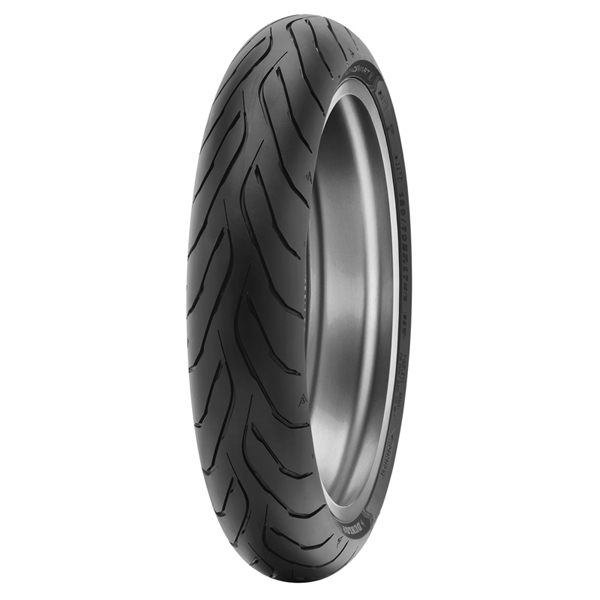
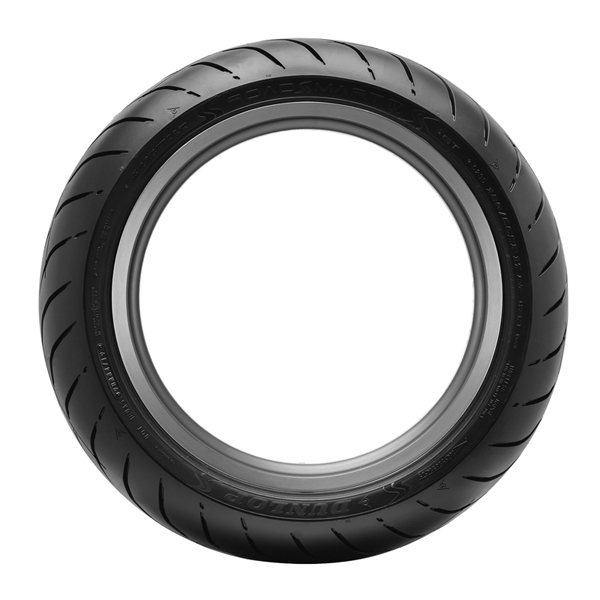
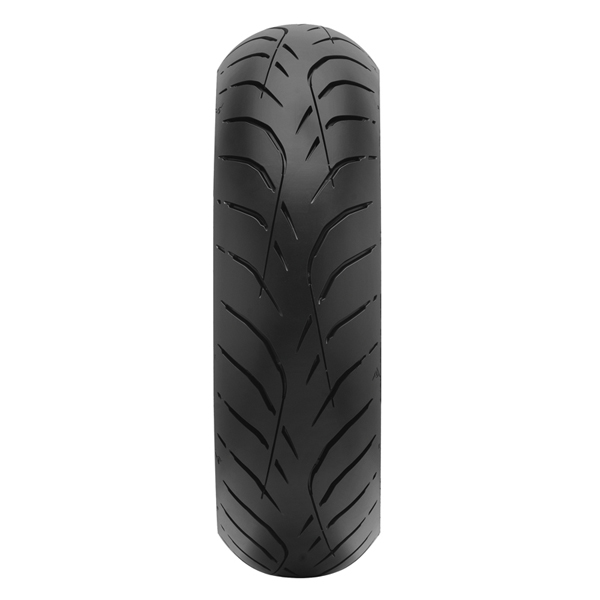

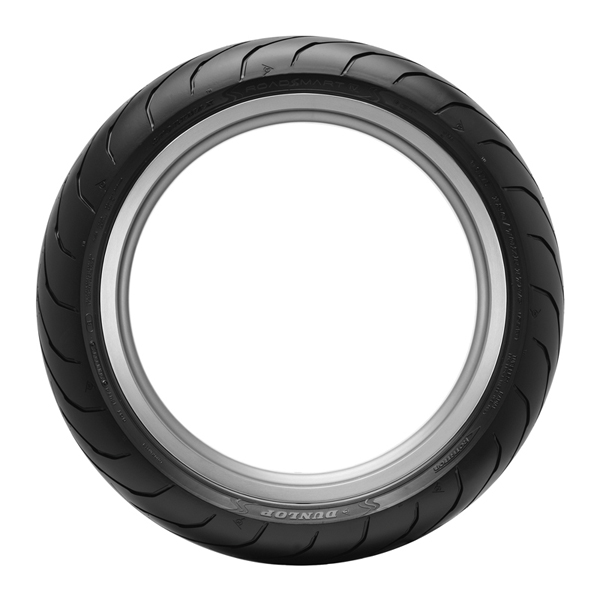
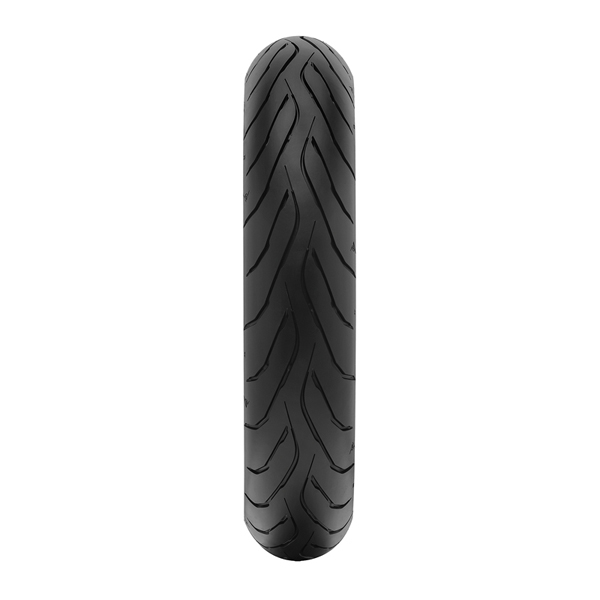








Where are they made?
Nearly all Dunlop motorcycle tires made in the U.S. are manufactured in Buffalo, New York.
Made in Japan by parent company Sumitomo.
Dunlop manufactures motorcycle tires in Buffalo, New York.
Cmon Rider. Your reader is correct. Only their V Twin tires and Q series made in the US (sadly).
We didn’t know that U.S. production was limited to cruiser and Q series tires. Thanks for the insight.
Thx
My set says made in Japan, bought fall 2021. I would guess maybe they make cruiser tires in Buffalo for the American market. Well, who knows.
Gotcha, thanks for the update. We thought they made a full range of motorcycle tires in Buffalo, but it must depend on the particular application/fitment.
I have 12,600 miles on my front RS III and 11,150 miles on my rear RS III. My Bike is a 2012zx14r and it is setup for Sport Touring. I plan to continue for another 1000 miles or so. I already purchased another set of RS III. These have outlasted my last set of Mich PR 4. They were retired at 11,000 miles.
Checkout my posts (DAD51) on advrider.com .
Pretty disappointing article. Of course the new tire of the same profile steers more nimble than the older softer same profile (Q3) with softer rubber. Even discounting wear, softer rubber would probably account for that. But talk to anyone and they will confirm “how much better new tires feel” as far as steering.
You mostly touted what Dunlop said in their press release and directed the reader to the Dunlop website, which “is” very awkward to “navigate“. If you finally do manage to find the section with the RS3 & RS4 tires comparison, there’s no reference to the actual dry grip “change” comparison! How very odd is that? Very weird. They do mention dry steering characteristics, but not traction RS4 vs RS3. Like? Then they delineate wet grip as 10% better. I guess the dry grip stayed the same? Or are they not telling us that there’s actually a reduction of dry grip to improve the mileage and wet grip? Mileage is claimed 23-26% more. But prices on RS4 are pretty top shelf even compared to RS3, which by their own comparisons are only 10% better wet grip and basically 25% mileage improvement. 25% better mileage improvement quite likely came at the expense of dry grip. What other conclusion would we come to?
So what then is the reason for the substantial price difference?
As far as your comment about “Dumb No?”, Not trying to totally rock your boat and get you wet here, but more highly skilled riders can get the same thing done (knee dragging cornering) on less sticky tires. They’ve developed the skills to manage their traction effectively. The sport touring tires are soft on the sides too, so that’s helping thems who are less skilled and lacking the experience and smoothness (skill) to get it done on a less sticky compound. I was riding Michelin Pilot Road 1’s for about 60K miles. Anyone who remembers PR1’s knows that they were single compound sport touring tires. I did lots of knee dragging over the couple years that I was going through “the pile of those that I got on clearance”. I averaged 12K per set. Were they dangerous? No. But they’d definitely slide if you were too aggressive in corners, or even braking in a straight line. From those I went to Angel GT’s. “Better tire performance wise in every way”, but half the mileage consistently over about 20 sets. But you can knee drag to your heart’s content on the GT’s with adhesion to spare. Now I run Bridgestones. They’re right there in the mix, but MotorRad rated them lower in dry traction vs Angel GT2’s. They rated the Angel GT2’s as better dry performance than the Roadsmart 3’s. Since Dunlop themselves didn’t rate the Roadsmart 4’s dry traction on their own website vs the 3, we can assume that the Angel GT’s still have more dry traction. The T31’s are still the cheapest with the yearly rebates. I have not found a dual compound front tire yet that doesn’t end up bald on the sides with thick center tread. And handling goes to poo along with that. I think it’s just inherent in the design and the application. Anyway. You could have provided a mileage obtained by you to completely bald… and that would have been useful to many.
Wonder if they make them in sizes for adventure bikes, might make a good trade only tire.